Employee and Organizational Development: A complete Guide
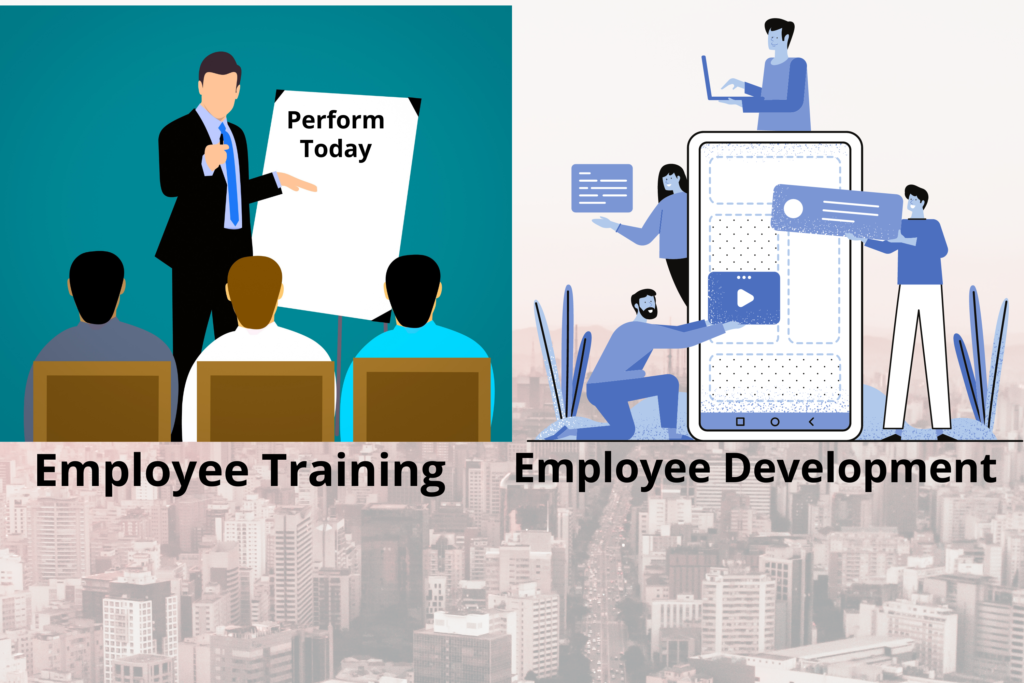
Employee and organizational development are both important terminologies in Human Resource management. However, there is a lot of confusion about what the two terms mean and what their differences are. In this blog post, we will define employee development and describe its key features. We will then discuss the importance of employee development for human resource management. Next, we will move on to organizational development and define it. We will describe its key features and discuss its importance for human resource management from a different perspective. Finally, we will look at some of the most prevalent ways that organizations develop themselves. We hope this blog post will help you find jobs in organizational development areas.
What Is Employee Development?
Employee development is defined as a structured approach to improving employee productivity and motivation. Managers provide opportunities for employees to learn new skills and knowledge, gain experience, and grow in their careers. Employee development programs are typically designed and implemented by human resource departments.
Implementing organizational development requires an investment of time, money and all the needed resources that will see the achievement of end goals.
https://twitter.com/_ambede/status/1037984820952014849

Key Features of Employee Development Programs
There are several key features of employee development:
- Employee development programs are typically long-term initiatives that focus on developing the skills and abilities of employees over an extended period. It also focuses on building skills related to leadership development.
- These programs often include formal training activities, such as classroom-based training or e-learning courses. However, employee development can also occur through informal learning experiences. For example on-the-job training or mentorship programs.
- Employee development programs should be aligned with the goals and objectives of the organization. For long-term success, leadership development of the human resources is essential for the overall organizational development.
- They should also be tailored to meet the needs of the employees who participate in them.
- Employee development programs should help employees grow and develop their skills, knowledge, and abilities.
Why Is employee Development Important for Human Resource Management?
Human resource managers also play a key role as an organizational development manager. In employee development programs by implementing the organizational strategy for their human resources, he or she is a developmental manager. They are responsible for ensuring that the programs are aligned with the goals and objectives of the organization, that they meet the needs of the organizational human resources, and that they provide valuable learning experiences for participants.

There are several reasons why employee development is important for human resources management:
- Employee Development helps organizations retain their best employees. For this purpose, it provides opportunities for them to learn new skills and stay current in their field.
- It helps employees to be more productive and motivated, which leads to a higher level of employee satisfaction.
- Employee Development also ensures employee engagement by organizational training and professional development.
- It can help organizations meet the needs of changing markets and keep up with the competition. Their empoyees with professional development can contribute positively to the goal achievements of the organization.
- Employee development helps employees grow their careers and prepares them for future opportunities within the organization.
What Is Organizational Development (OD)?

Organizational development (OD) is defined as a planned, systemic process that facilitates change in an organization. Organizational Development programs are typically designed and implemented by senior management or executive teams.
Key Features of Organizational Development Programs
There are several key features of organizational development Programs:
- Organizational Development programs are typically long-term initiatives that focus on facilitating change in the entire organization over an extended period.
- They often involve the use of techniques such as problem-solving, action research, and organizational learning.
- OD programs should be aligned with the goals and objectives of the organization.
- They should also be tailored to meet the needs of the employees who participate in them.
- OD programs should be designed to help organizations improve their performance and achieve their desired outcomes.
Key Features of Organizational Development for HRM Purposes
There are several key features of OD that make it important for human resource management. These include:
The focus on change: One of the key aspects of OD is its focus on change. This means that it is always looking for ways to help organizations grow and adapt to changes in their environment. This can be beneficial for human resource managers. Because it can help them to plan for and implement changes that will improve performance.
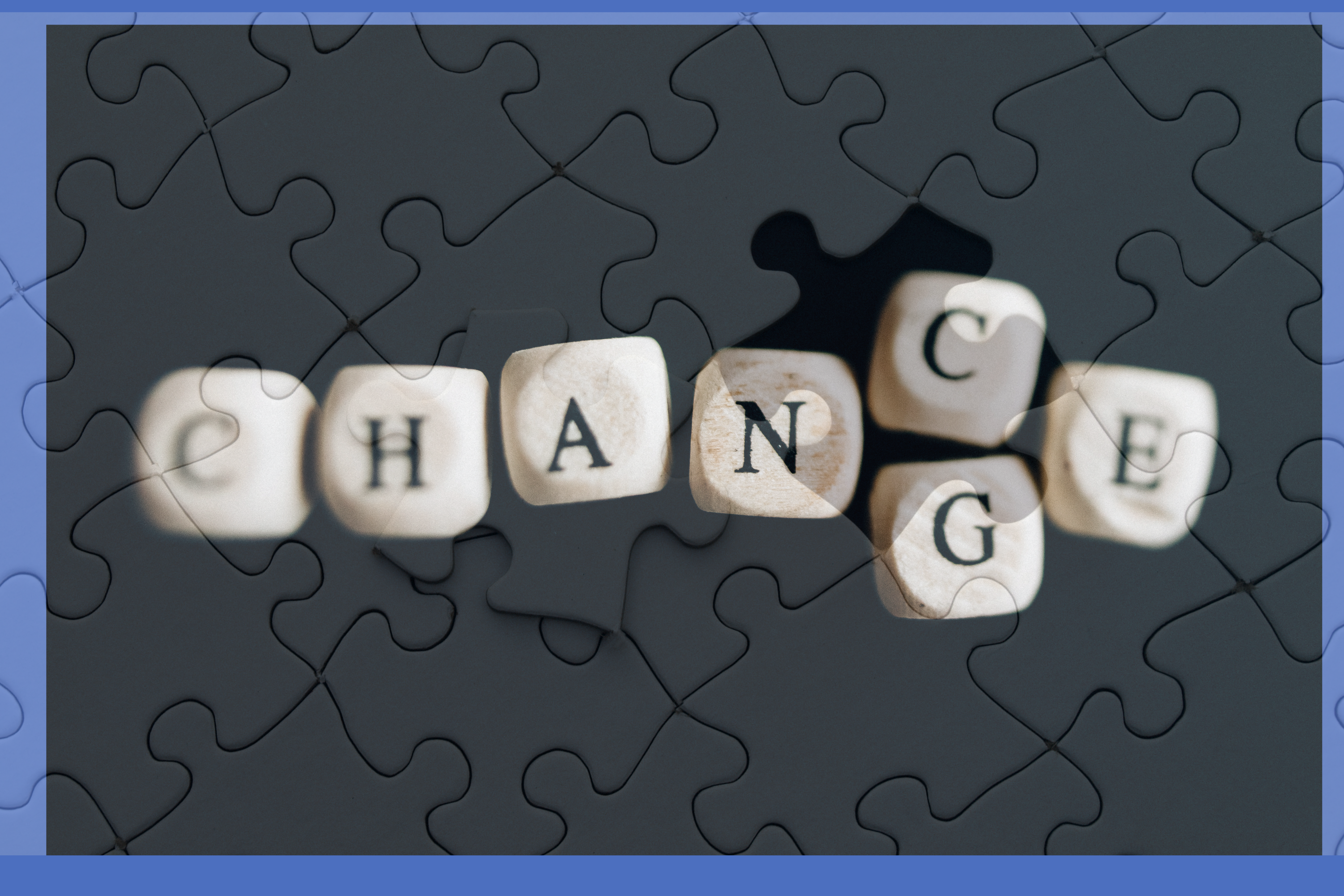
The use of systems thinking: Another key feature of OD is its use of systems thinking. This means that it looks at the world as a system made up of smaller systems, and considers how those systems interact with each other. This can be helpful for human resource managers as it can help them to understand the big picture when it comes to organizational change.
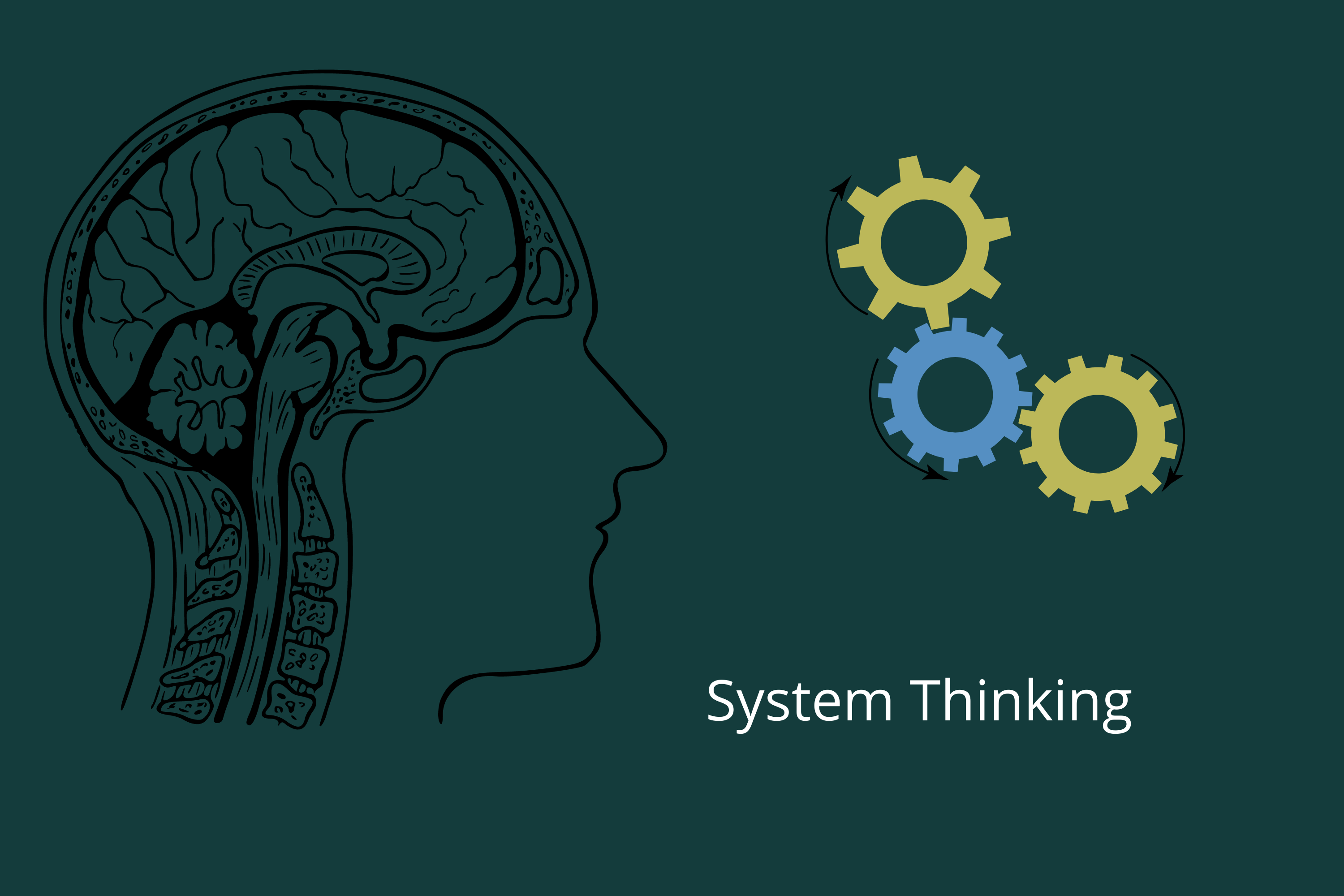
The focus on learning: A third key feature of OD is its focus on learning. This means that it emphasizes the importance of acquiring, creating, and using knowledge within an organization. This can be beneficial for human resource managers as it can help them to develop a culture of innovation within their organizations.
The focus on change management: Finally, OD also has a strong focus on change management. This means that it helps organizations to manage the changes that take place as they grow and adapt. This can be helpful for human resource managers as it can help them to ensure that changes are made in a way that is most likely to be successful.

Why Is Organizational Development Important for Human Resource Management?
Organizational development (OD) is important for human resource management because it helps organizations to improve their performance and achieve their desired outcomes/ objectives. OD programs can help organizations to identify areas where they need to make changes, develop plans for making those changes, and implement those plans effectively. Business leaders can improvethierorganizational performance through talent management techniques and other extensive succession planning and formal employee education.
There are several reasons why organizational development is important for human resource management:
- Organizational Development helps organizations to identify areas where they need to make changes.
- It helps organizations to develop plans for making those changes.
- It can also help organizations to implement those plans effectively.
- Organizational development can help organizations improve their performance and achieve their desired outcomes and/ or objectives.
Get more out of your business
Get the best employee engagement content every week via mailing list
What Are the Most prevalent Ways of Organizational Development?
There are several prevalent ways of organizational development:
Action research
In organizations, action research is usually problem-focused and seeks to improve performance by finding solutions to specific organizational problems.
Action research is often used as a way to gather data about a problem or issue, and then develop possible solutions to that problem. It can also be used as a way of implementing changes in an organization.

Appreciative inquiry
Organizational Development helps organizations to identify areas where they need to make changes. It helps organizations to develop plans for making those changes. It can also help organizations to implement those plans effectively. Organizational Development can help organizations improve their performance and achieve their desired outcomes and/ or objectives. Action research is one way that Organizational Development is used to bring about change within an organization by finding solutions to specific organizational problems.

Appreciative inquiry is another method of organizational development that focuses on what is working well within an organization to build upon these strengths. When used together, these two methods of organizational development can be very effective in helping organizations improve their performance and achieve their desired outcomes.
Case study method
The case study method is a research technique that involves the study of a single case or a small number of cases in depth. Case study examines complex situations and to explore the relationships between different factors.
The case study has the following uses:
- Managers use case study to study the behavior of individuals or groups within an organization.
- Through a case study a manger can understand impact of changes on an organization.
- A manager can investigae the problems within an organization through a case study.
- Case study can be used to assess the effectiveness of organizational interventions.
The case study method is a valuable tool for human resource management because it allows researchers to explore complex situations and relationships in detail. This can help them to better understand how organizations work and to identify areas where improvement may be needed.

The case study method can also be used to assess the effectiveness of organizational interventions, such as changes or interventions that have been implemented to improve performance. By doing this, researchers can learn what works and what does not work in terms of organizational change.
Change management
Change management is the process of planning, implementing, and monitoring changes in an organization. Effective HR managers can use it to bring about changes in an organization’s structure, culture, processes, or products.
It is important for human resource management because it can help to improve the efficiency and effectiveness of organizations. By using change management, human resource managers can plan for and implement changes that will improve performance. Additionally, change management can help to monitor and evaluate the results of organizational changes so that further improvements can be made.
Systems thinking
Systems thinking is a way of looking at the world that considers how everything is interconnected. It involves seeing the world as a system made up of smaller systems, and understanding how those systems interact with each other.
Business leaders and managers use Systems thinking to understand organizations and the interactions between different parts of an organization. They also use it to understand how changes in one part of an organization can impact other parts of the organization.
Systems thinking is important for human resource management because it can help managers to see the big picture when it comes to organizational change. By understanding how different parts of an organization interact with each other, human resource managers can develop plans for change that take into account all aspects of the organization. This can help to ensure that changes are made in a way that is most likely to be successful.
Organization Learning
Organizational learning is the process of acquiring, creating, and using knowledge within an organization. It refers to both the individual and collective learning that takes place within an organization.
It is important for human resource management because it can help organizations to adapt and respond to changes in their environment. By being able to learn and adapt quickly, organizations can stay ahead of the competition and continue to be successful.
In addition, organizational learning can help organizations to develop a culture of innovation. This means that employees are constantly coming up with new ideas and ways of doing things to improve the organization’s performance. This can be beneficial for both the organization and its employees.
There are several different approaches to organizational learning, including experiential learning, social learning, and knowledge management. Each of these approaches has its benefits and can be useful in different situations.
Human resource managers can use organizational development (OD) to improve the efficiency and effectiveness of their organizations. OD is a process that helps organizations to grow and change so that they can meet the challenges of the future.
How to implement OD within an Organization
There are several different ways to implement OD within an organization. Some of the most common approaches include:
Training and development
One approach is to use training and development programs to help employees learn new skills and knowledge. This can help employees to adapt to changes in the organization and improve their performance.
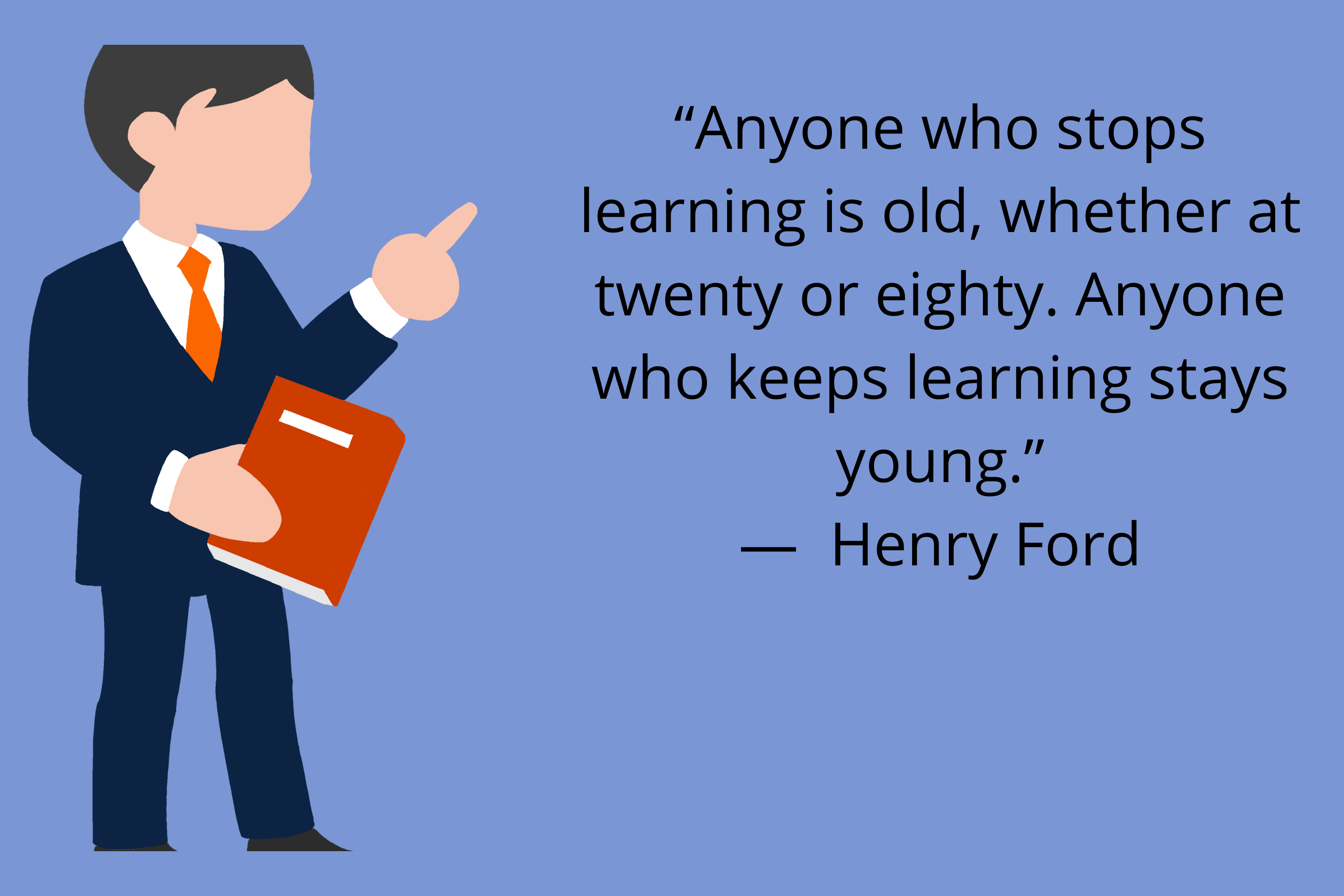
Process improvement
Another approach is to use process improvement methods to improve the efficiency and effectiveness of organizational processes. This can help to improve performance and increase competitiveness.
Organizational assessment
A third approach is to conduct an organizational assessment to identify areas where improvement is needed. This can help organizations to understand their strengths and weaknesses, and work on improving those areas.
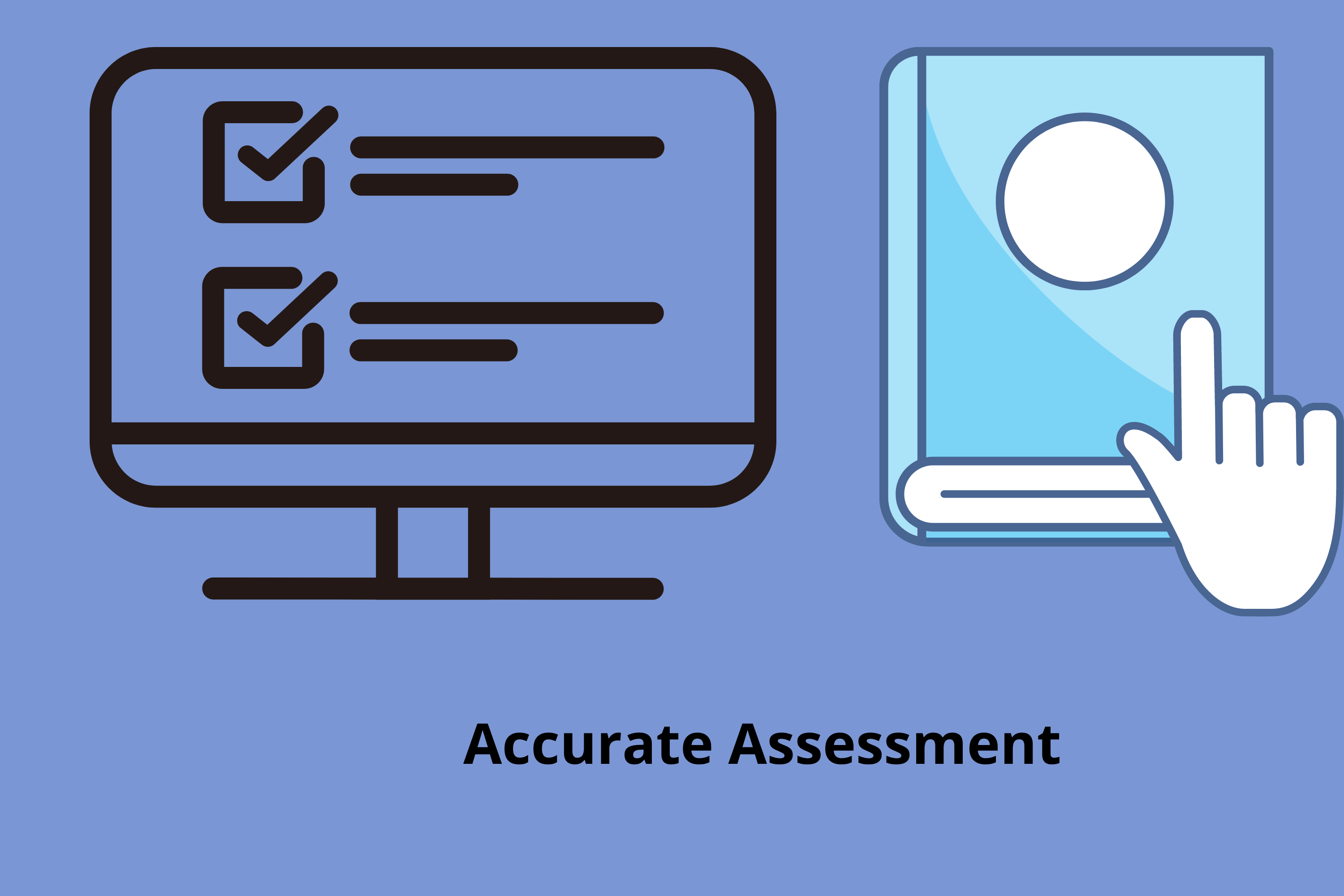
Change management
Finally, managers and business leaders can use change management techniques to ensure that changes are made in a way that is most likely to be successful. This can help organizations to avoid common pitfalls associated with change and achieve their desired outcomes.
Importance of OD in HRM Perspective
There are several reasons why OD is important for human resource managers. Some of the key reasons include:
The need for change
The world is constantly changing, and organizations need to be able to change to stay competitive. OD can help organizations to identify the changes that need to be made and make those changes in a way that is most likely to be successful.
The importance of learning
For an organization to grow and adapt, it needs to be able to learn. OD can help organizations to create a culture of learning so that they can continuously improve.
The need for innovation
For an organization to be successful, it needs to be able to innovate. OD can help organizations to develop the processes and structures that are necessary for innovation.
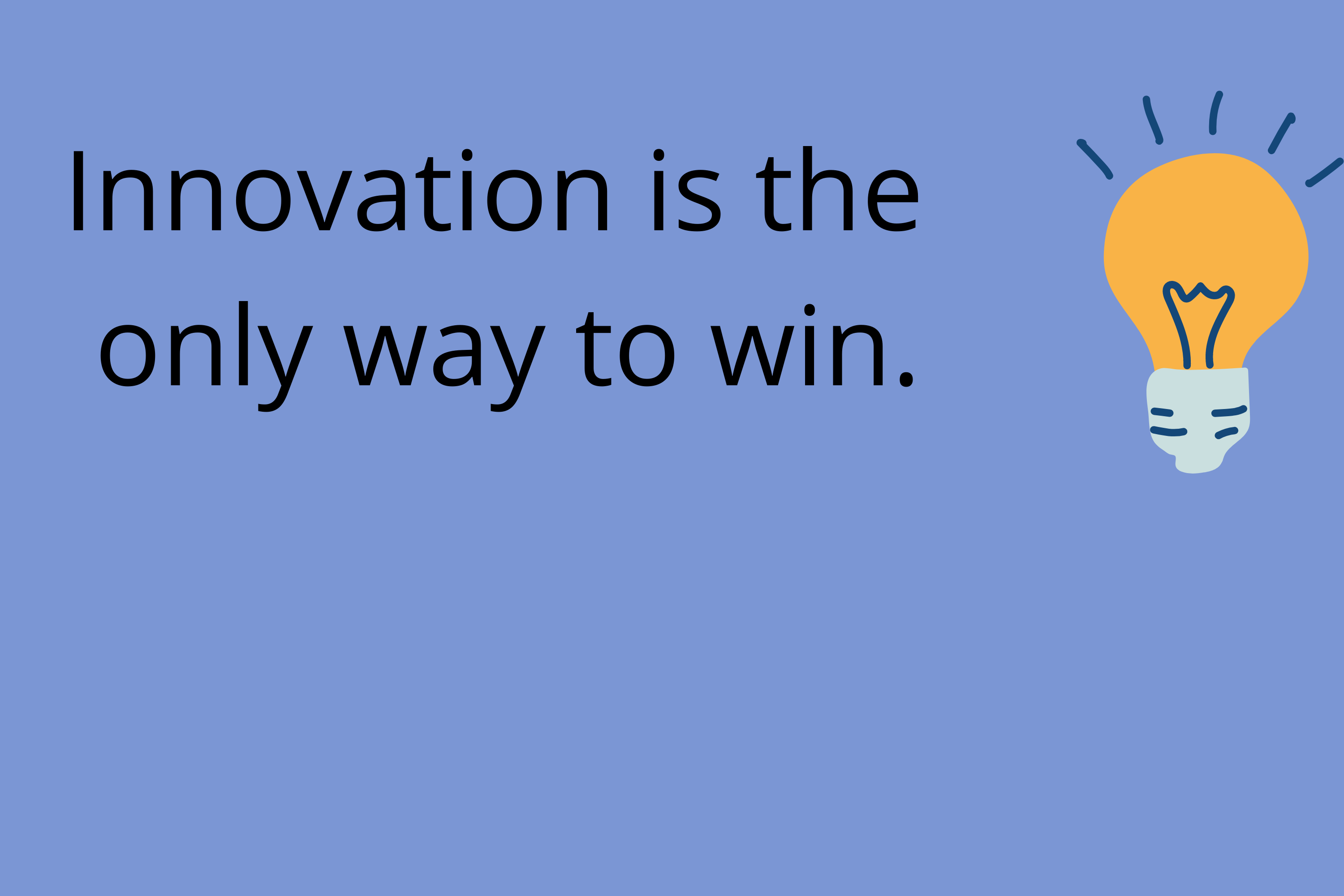
Change management
For every organization or any individual change is essential. In an organizational context, it is a necessary part of organizational growth however it can also be disruptive. Change management is the process of planning, implementing, and monitoring changes in an organization. It helps to ensure that changes are made in a way that is most likely to be successful and avoid common pitfalls associated with change. Change management is important for human resource managers because it can help them to manage the impact of change on employees and ensure that they can adapt to changes in the organization.
Each organization is different, so it’s important to choose the approach that makes the most sense for your company culture, goals, and objectives. If you’re not sure where to start, consult with a human resource professional or organizational development expert who can help you assess your needs and choose the best approach for your organization.
What are the goals of Organizational Development?
There are four main goals of organizational development:
To improve the efficiency and effectiveness of organizational processes
An organization can use several methods to improve the efficiency and effectiveness of organizational processes. Some of the most common methods include process mapping, process improvement teams, and process audits.
To improve employee performance
An effective manager can use change interventions to improve employee performance in several ways, including Training and development, Performance appraisals, employee assistance programs, and employee recognition programs.
To increase employee satisfaction
OD interventions help increase employee satisfaction by improving working conditions, communication, and employee involvement.
To create a culture of learning
A learning organization is constantly learning and improving organization. Organizational Development can help organizations to develop the processes and structures that are necessary for innovation. Some of the methods that a HR manager can use to create a learning organization include action research, appreciative inquiry, and case study method.
To Improve Organizational Effectiveness
Improving organizational performance is one of the most important goals of Organizational development. Managers can use variety of methods to improve organizational performance, including action research, appreciative inquiry, case study method, change management, and systems thinking.
What is the difference between HR and OD?
Human Resources (HR) and Organizational Development (OD) are both important for organizational success, but they have different focuses and use different methods. Some of the important differences between Human resources and Organizational Development are as under:
- Human Resource is focuses on the individual employee and their development, while OD is focuses on the organization as a whole.
- HR is concerned with compliance and ensuring that employees are following company policy, while OD is concerned with developing organizational processes and procedures.
- Human Resource focuses on short-term goals, while OD focuses on long-term goals.
- HR is reactive, while OD is proactive.
- Human Resource deals with problems as they arise, while Organizational Development works to prevent problems from occurring in the first place. Both HR and OD equally focus on organizational behavior as well.
Which approach is best for your organization depends on your specific needs and culture. If you’re not sure where to start, consult with a human resource professional or organizational development expert who can help you assess your needs and choose the best approach for your organization.
What Are Strategic Change Interventions?
Employee education such as a degree in Business administration like a bachelor’s degree or master’s degree helps understand the necessary change interventions.
Strategic change interventions are changes that a manager makes to an organization to help it achieve its desired outcomes. The most common types of strategic change interventions are action research, appreciative inquiry, case study method, change management, and systems thinking. Which approach is best for your organization depends on your specific needs and culture. If you’re not sure where to start, consult with a human resource professional or organizational development expert who can help you assess your needs and choose the best approach for your organization.
Business leaders can use strategic change interventions to improve the efficiency and effectiveness of organizational processes, improve employee performance, increase employee satisfaction, create a culture of learning, or improve organizational performance.
Importance of Strategic Change Interventions
Business leaders give special importance to Strategic change interventions for the following reasons:
- Strategic interventions help organizations to achieve their desired outcomes.
- They improve the efficiency and effectiveness of organizational processes.
- These interventions improve employee performance.
- Employee satisfaction increases due to effective change interventions.
- Interventions create a culture of learning in the organization
Thus, in conclusion, strategic change interventions are important for organizational success.
What are the 4 traits of Organizational Development?
Organizational Development has four primary traits:
- Organizational Development is focuses on the organization as a whole, rather than individual employees.
- It is proactive, rather than reactive.
- Organizational Development emphasizes long-term goals, rather than short-term objectives.
- It uses a variety of methods, including action research, appreciative inquiry, and case study method.
Which approach is best for your organization depends on your specific needs and culture. If you’re not sure where to start, consult with a human resource professional or organizational development expert who can help you assess your needs and choose the best approach for your organization. Managers can use Organizational Development to improve the efficiency and effectiveness of organizational processes, improve employee performance, increase employee satisfaction, create a culture of learning, or improve organizational performance.


